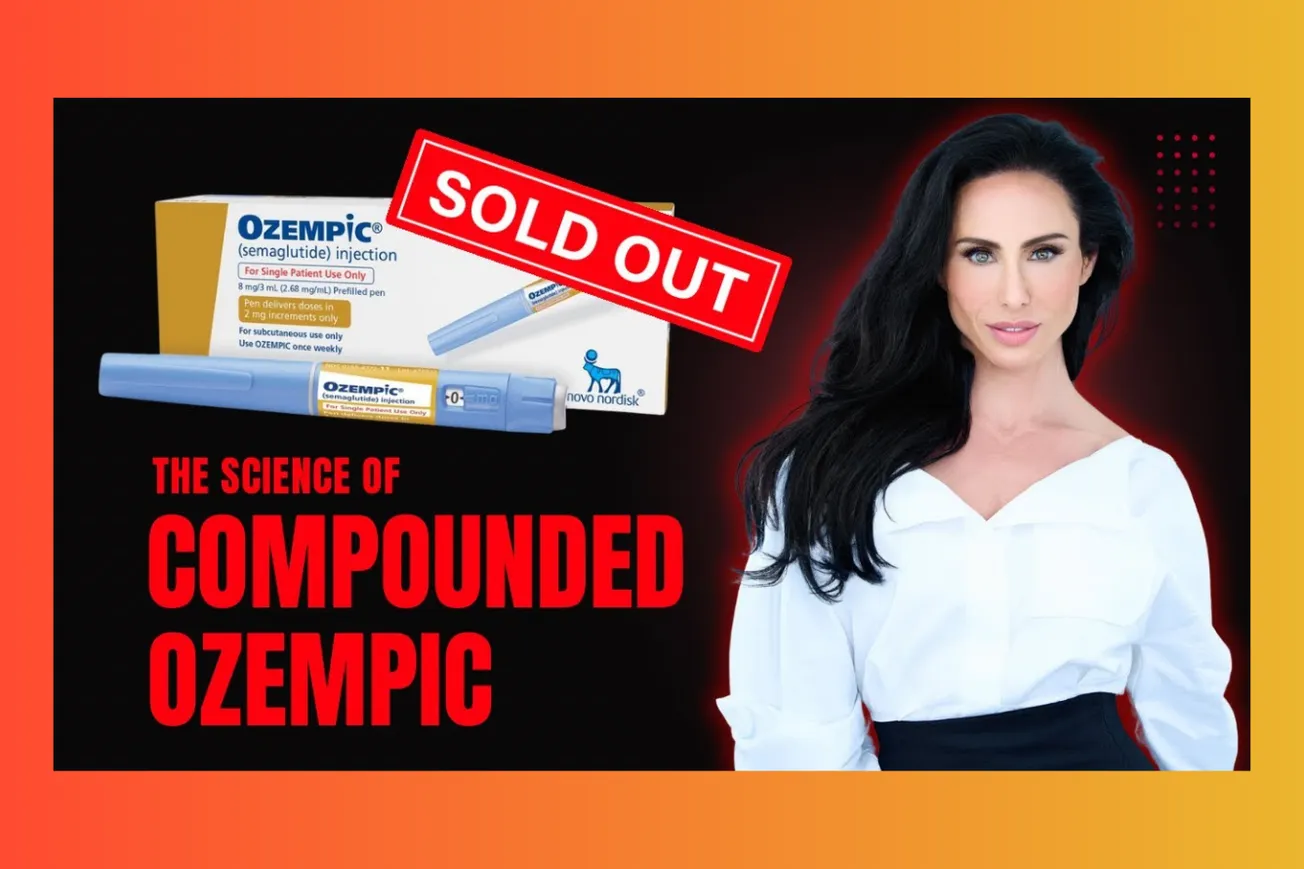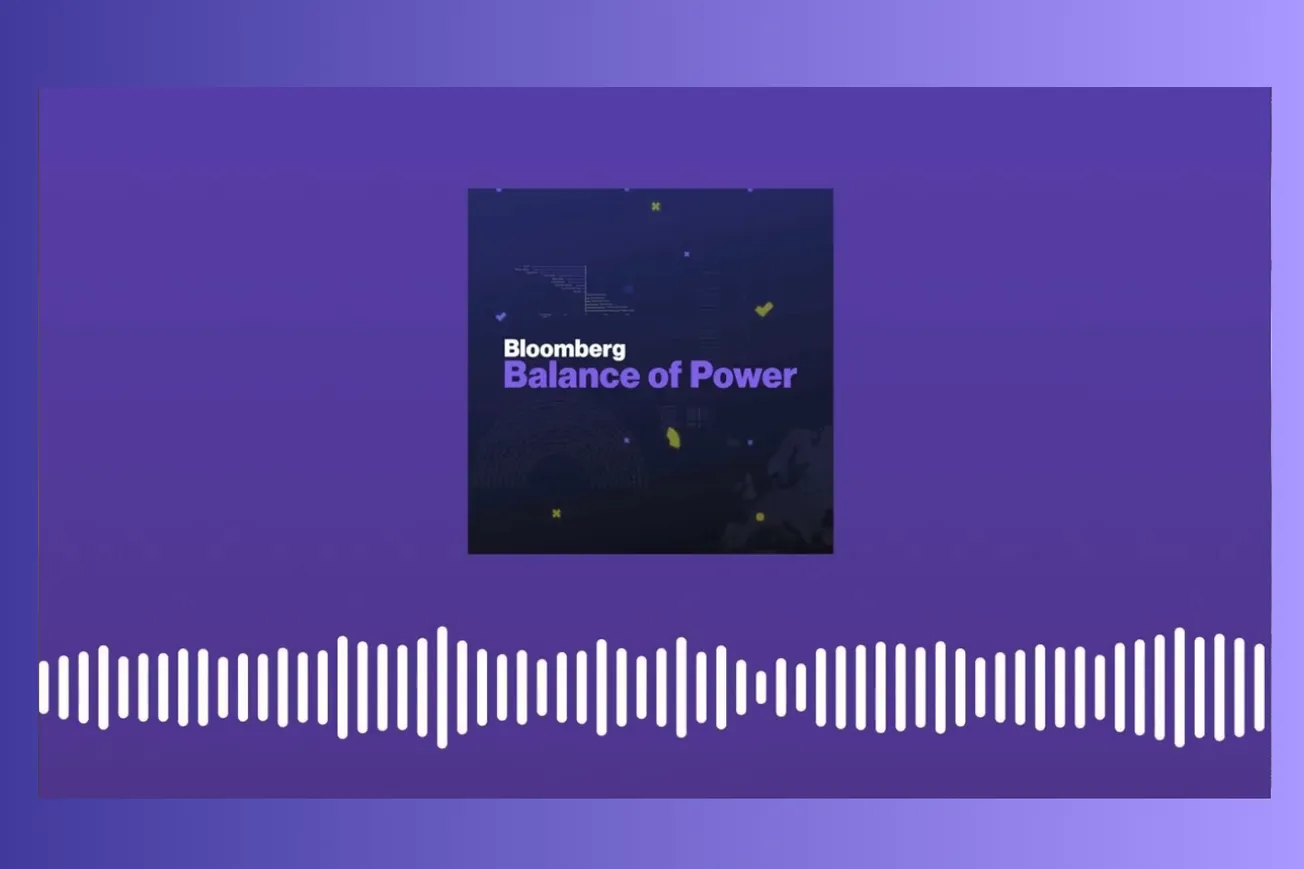Table of Contents
CEO Shawn Norian of Empower Pharmacy reveals the shocking truth behind pharmaceutical lobbying, price manipulation, and the coordinated attack on patient access to life-changing medications.
Key Takeaways
- Seven out of eight Americans cannot afford GLP-1 medications at $500+ monthly despite life-changing benefits for addiction, sleep apnea, and Alzheimer's
- Europeans pay $100 monthly for identical medications while Americans pay $1,000—pure price discrimination by pharmaceutical companies
- Eli Lilly sued the largest compounding pharmacy the same day FDA issued unprecedented warning letters following mass employee layoffs
- Compounding pharmacies operate under identical manufacturing standards as Big Pharma but offer personalized dosing and affordable access
- Big Pharma spends $380 million annually on lobbying while capturing 50% of global pharmaceutical revenue from just 4% of world population
- Regulatory capture creates revolving door between FDA officials and pharmaceutical executive positions, influencing policy decisions
- Compounded GLP-1s remain completely legal when differentiated from commercial products through dosing, form, or combination modifications
- Massachusetts banned 503B outsourcing facilities from selling to pharmacies, forcing patients toward lower-quality alternatives at Big Pharma's influence
The Price Manipulation Game: Americans Pay 10x More
Pharmaceutical companies claim $1,000 monthly pricing represents unavoidable costs, yet identical medications sell for $100 in Europe. This stark disparity exposes systematic price discrimination targeting American consumers.
When compounding pharmacies captured significant market share, Novo Nordisk and Eli Lilly simultaneously cut prices to $500 monthly. This coordinated response reveals their previous pricing claimed impossibility while maintaining massive profit margins.
The mathematics prove deliberate market manipulation. Novo Nordisk generates $30 billion annually from semaglutide products, while Eli Lilly produces $35 billion from tirzepatide sales. Combined $65 billion revenue demonstrates pricing flexibility they denied when establishing monopolistic rates.
Compounding pharmacies optimize for volume rather than per-patient profit maximization. This fundamental business model difference allows broader patient access while maintaining sustainable operations through increased customer base rather than premium pricing.
Regulatory Capture: The FDA's Conflicted Oversight
The FDA receives approximately half its budget from pharmaceutical company user fees, creating inherent conflicts of interest. This financial dependency compromises independent regulatory decisions affecting competition and patient access.
A revolving door exists between FDA leadership and pharmaceutical executives. Nearly all former FDA commissioners transition to lucrative pharmaceutical industry positions, incentivizing favorable regulatory treatment during their government tenure.
April 1st marked unprecedented coordinated attacks. Eli Lilly filed lawsuit against Empower Pharmacy while FDA issued dual warning letters following mass employee terminations. This timing suggests deliberate coordination between regulatory and corporate interests.
The warning letters demanded manufacturing standards exceeding legal requirements for compounding pharmacies. FDA attempted imposing full Good Manufacturing Practice standards typically reserved for large pharmaceutical facilities, creating impossible compliance burdens for smaller competitors.
Compounding Pharmacy Standards: Debunking Safety Myths
Compounding pharmacies operate under rigorous oversight from 50 state pharmacy boards, United States Pharmacopeia standards, and FDA jurisdiction. Injectable medications receive the highest regulatory scrutiny given direct patient safety implications.
503B outsourcing facilities meet identical Good Manufacturing Practice standards as traditional pharmaceutical companies. These FDA-registered manufacturers provide hospital-grade quality while enabling customized formulations for specific patient needs.
Modern compounding follows strict environmental controls, extensive sampling protocols, and comprehensive testing requirements. Recent United States Pharmacopeia revisions established pharmaceutical-grade quality standards across all sterile compounding operations.
State inspections occur annually with comprehensive record reviews ensuring compliance. California's excessive regulations eliminated hundreds of sterile compounding facilities, restricting patient access while providing no demonstrated safety improvements over federal standards.
The Personalized Medicine Advantage
Commercial GLP-1 medications offer single-dose pen configurations preventing dosing customization. Patients receive identical doses regardless of body weight, medical history, or side effect sensitivity, creating suboptimal treatment outcomes.
Compounding enables micro-dosing strategies that minimize side effects while maintaining therapeutic benefits. Gradual titration protocols reduce nausea, gastrointestinal distress, and other adverse reactions commonly experienced with standard commercial dosing.
Different dosage forms accommodate patient preferences and medical requirements. Compounded formulations allow combination therapies, alternative delivery methods, and strength modifications impossible with commercial products.
Physician discretion drives treatment optimization rather than pharmaceutical company limitations. The doctor-patient relationship determines appropriate therapy rather than one-size-fits-all commercial constraints designed for mass market distribution.
The Addiction Treatment Revolution
GLP-1 medications demonstrate remarkable efficacy treating various addiction disorders beyond weight management. Binge eating disorder, alcohol dependency, and substance abuse respond to mechanisms targeting reward pathways in the brain.
Micro-dosing protocols show particular promise for addiction treatment applications. Lower doses provide therapeutic benefits for compulsive behaviors while avoiding side effects associated with weight-loss dosing regimens.
Research continues expanding into neurological applications including Alzheimer's disease, sleep apnea treatment, and cognitive enhancement. The medication class represents breakthrough therapy for conditions previously lacking effective pharmaceutical interventions.
Traditional weight-loss medications achieved 3-7% body weight reduction with significant cardiovascular risks. GLP-1 medications deliver 15% weight loss with superior safety profiles, representing the most effective obesity treatment in medical history.
Lobbying Power: Controlling the Message
Pharmaceutical companies invest $380 million annually in lobbying efforts, exceeding all other industries combined. This massive financial influence shapes legislation, regulatory policy, and media coverage favoring monopolistic practices.
Twenty percent of traditional media revenue derives from pharmaceutical advertising, creating editorial conflicts when reporting industry controversies. Media outlets avoid antagonizing their largest revenue source through critical investigative journalism.
Only the United States and New Zealand permit direct-to-consumer pharmaceutical advertising. This unique regulatory environment enables patient demand generation through marketing rather than medical professional recommendations.
Americans consume 50% of global pharmaceutical spending despite representing 4% of world population. This disproportionate consumption results from advertising-driven demand and lack of price controls found in other developed nations.
State-Level Attacks on Competition
Massachusetts recently banned 503B outsourcing facilities from selling medications to pharmacies without board knowledge. Staff members implemented this policy change influenced by pharmaceutical lobbying rather than safety considerations.
This regulatory change forces patients toward lower-quality compounding alternatives while eliminating higher-standard outsourcing facility access. The policy contradicts stated safety objectives by reducing rather than improving medication quality standards.
Other states face similar pharmaceutical pressure to restrict compounding access through local regulatory changes. These coordinated state-level attacks circumvent federal oversight while achieving the same competitive elimination objectives.
California eliminated hundreds of sterile compounding pharmacies through excessive regulatory requirements exceeding federal standards. Patients now travel out-of-state for medication access, creating geographic discrimination based on regulatory capture rather than safety needs.
The Patent Extension Strategy
Pharmaceutical companies routinely extend patent protections beyond original terms to maintain monopolistic pricing. Novo Nordisk recently extended semaglutide patents for additional years, preserving billions in annual revenue.
Each patent extension year represents approximately $40 billion in protected revenue streams. These legal maneuvers incentivize maximum patent duration rather than generic competition benefiting consumers.
Generic medications eventually provide affordable alternatives, but pharmaceutical companies delay this transition through legal challenges and regulatory manipulation. The compounding industry offers immediate competition pharmaceutical companies cannot control through patent law.
Traditional generic development requires hundreds of millions in investment and decade-long approval processes. Compounding pharmacies bypass these barriers while providing identical therapeutic benefits at fraction of monopolistic pricing.
Common Questions
Q: Are compounded GLP-1 medications illegal?
A: No, compounded GLP-1s remain completely legal when differentiated from commercial products through dosing, form, or combination modifications.
Q: Do compounded versions have the same quality as brand-name drugs?
A: Yes, 503B outsourcing facilities must meet identical Good Manufacturing Practice standards as traditional pharmaceutical companies.
Q: Why do Americans pay so much more than Europeans?
A: Pharmaceutical companies practice price discrimination, charging what markets will bear while claiming fixed costs prevent lower pricing.
Q: Can doctors still prescribe compounded GLP-1 medications?
A: Yes, physicians retain full discretion to prescribe personalized compounded medications they determine best serve patient needs.
Q: What's the difference between 503A and 503B facilities?
A: 503A compounding pharmacies serve individual patients directly, while 503B outsourcing facilities provide medications to healthcare businesses like hospitals and clinics.
The pharmaceutical industry's coordinated attack on compounding pharmacies reveals desperation to maintain monopolistic pricing rather than genuine safety concerns. Patient access hangs in the balance as corporate profits take precedence over healthcare affordability.
Competition represents the fundamental principle that built American economic success—restricting it serves shareholders over patients who desperately need life-changing medications.





